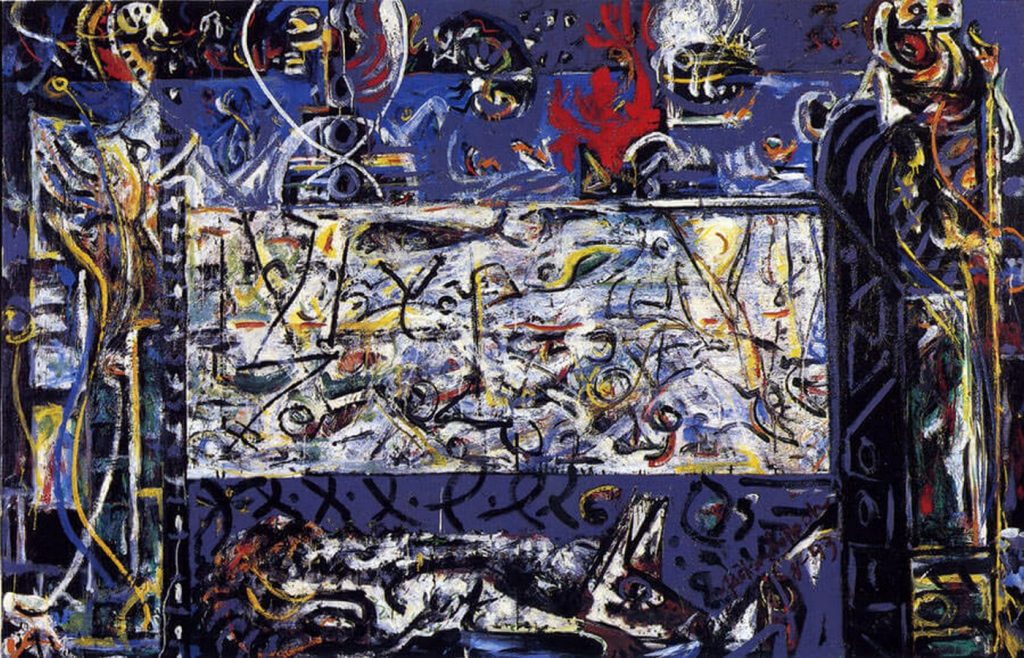Abhishek Kumar
JANUARY 28, ON THIS DAY
New needs need new techniques. And the modern artists have found new ways and new means of making their statements… the modern painter cannot express this age, the airplane, the atom bomb, the radio, in the old forms of the Renaissance or of any other past culture.
Jackson Pollock
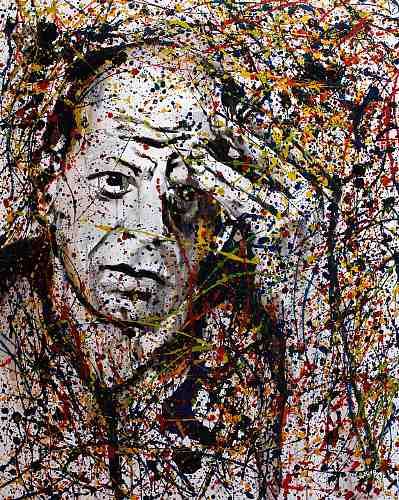
Jackson Pollock was an American painter, known for his unique drip painting technique and his role in the development of the abstract expressionist movement. He was born on January 28, 1912 in Cody, Wyoming and grew up in Arizona and California. He began his art education at the Manual Arts High School in Los Angeles and later studied at the Art Students League in New York, where he was influenced by the work of the Mexican muralists and Native American art.
In the 1930s, Pollock struggled to make a name for himself and supported himself through various odd jobs. He was heavily influenced by the work of the Surrealists and the psychoanalytic theories of Sigmund Freud. He began experimenting with a drip painting technique in the early 1940s, which would become his signature style.
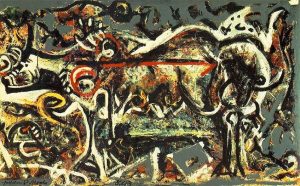
Jackson Pollock’s drip painting technique, also known as “action painting,” involved the use of fluid, gestural brushstrokes that he would drizzle, splash, or pour onto the canvas. He would often work on a large scale, using the entire floor or a wall as his canvas, and would use a variety of tools, including sticks, knives, and even basting syringes, to apply the paint. This technique allowed Pollock to create complex, layered compositions that were full of energy and movement. The drips and splatters of paint also added a sense of spontaneity and chance to his work, which was a major departure from the more controlled and precise techniques of traditional painting.
Critics and art historians have also noted that Pollock’s drip paintings were heavily influenced by his interest in primitive art, mythology, and the unconscious mind. He believed that the process of painting was a form of self-expression and a way to tap into the subconscious. Pollock’s drip painting technique was a major influence on the development of the abstract expressionist movement in the 1940s and 1950s and is considered a key innovation in the history of modern art.
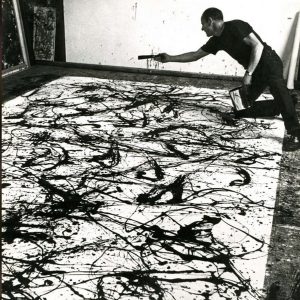
In addition to the visual elements of his drip paintings, Pollock’s technique also involved a physical and immersive process. He would often work on a large scale, using the entire floor or a wall as his canvas and moving around it as he painted. He would also frequently listen to music or work while under the influence of alcohol, which added to the sense of improvisation and spontaneity in his work.
Pollock’s drip paintings were often met with mixed reviews upon their initial debut. Some critics praised their energy and innovation, while others criticized them as being unrefined or lacking in skill. However, over time, the significance of Pollock’s drip paintings and the impact of his technique on the art world have been widely acknowledged. One of the key features of his technique was layering, he would often apply paint in layers, allowing it to drip and splatter and build up on the canvas. The layering creates a sense of depth and movement in the painting, and allows for the viewer to explore the painting in different ways.
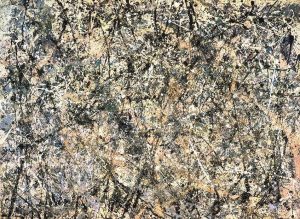
In the late 1940s, Pollock’s work began to gain recognition and he became one of the leading figures of the abstract expressionist movement. He was featured in several solo exhibitions and his work was collected by major museums and private collectors. However, despite his success, he struggled with alcoholism and personal demons. On August 11, 1956, at the age of 44, Pollock died in a car accident.
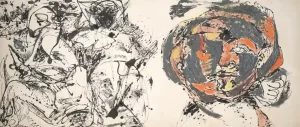
In summary, Pollock’s drip painting technique was a major innovation in the art world, characterized by the use of fluid, gestural brushstrokes, layering and the sense of improvisation and chance. His technique and style has been a major influence on the development of abstract expressionism and continues to inspire artists today. Today, Pollock’s work is considered some of the most important and influential of the 20th century, and his drip painting technique continues to be studied and emulated by artists. His work can be found in major museums around the world, including the Museum of Modern Art and the National Gallery of Art in Washington D.C.
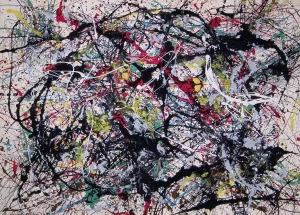
Sources:
- https://artincontext.org/jackson-pollock/
- https://www.re-thinkingthefuture.com/architectural-styles/a3402-life-of-an-artist-jackson-pollock/
- https://en.wikipedia.org/wiki/Jackson_Pollock
- https://insights.masterworks.com/art/artists/who-was-jackson-pollock/

